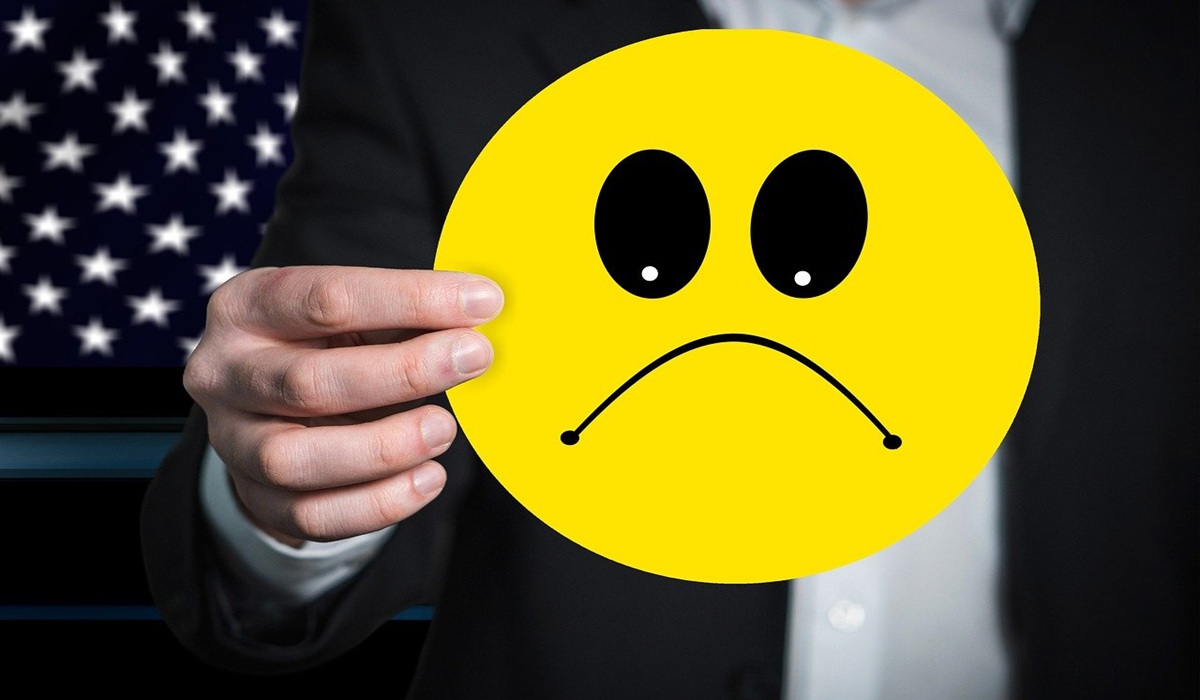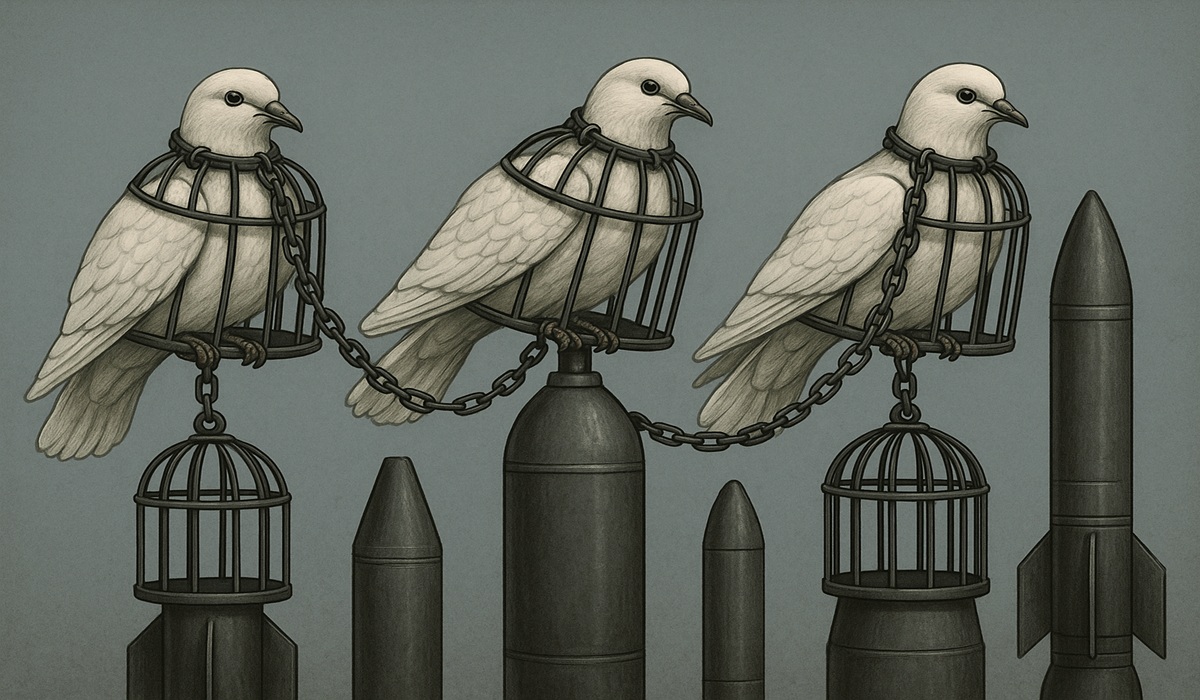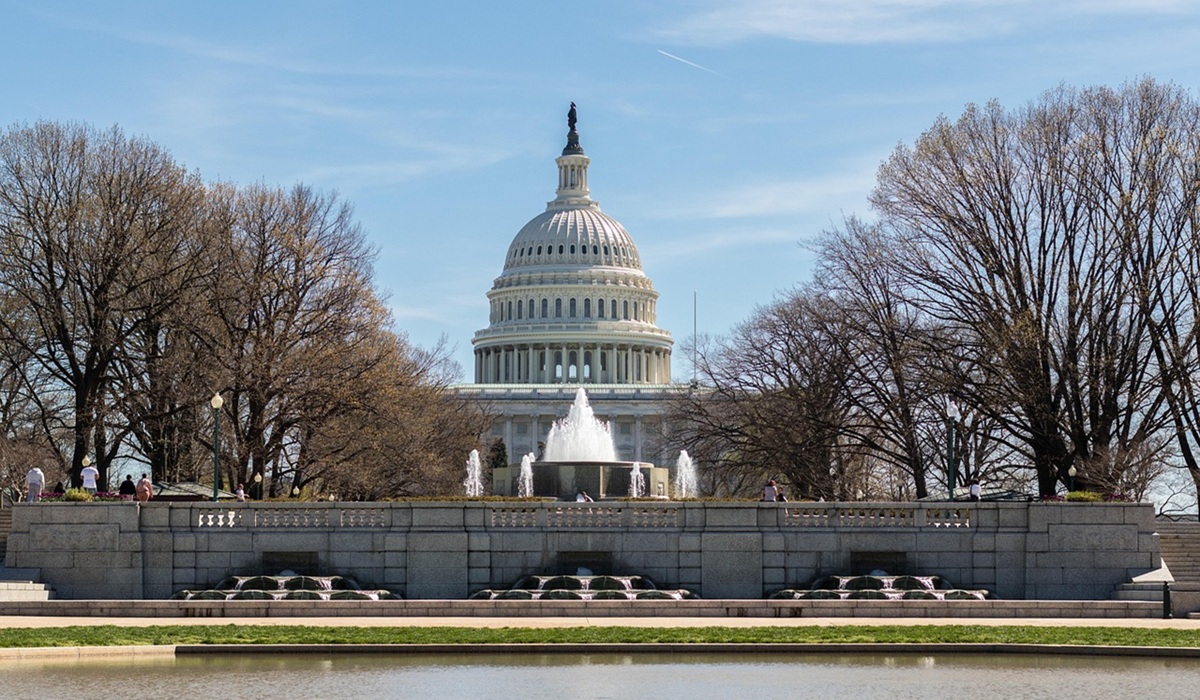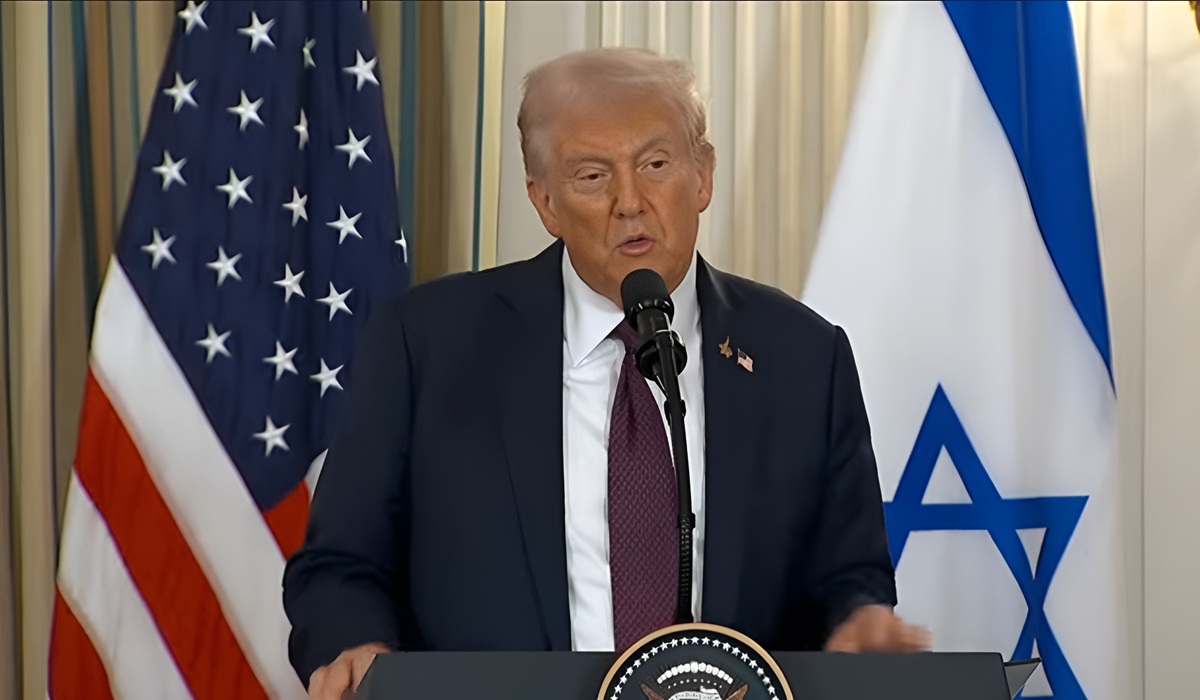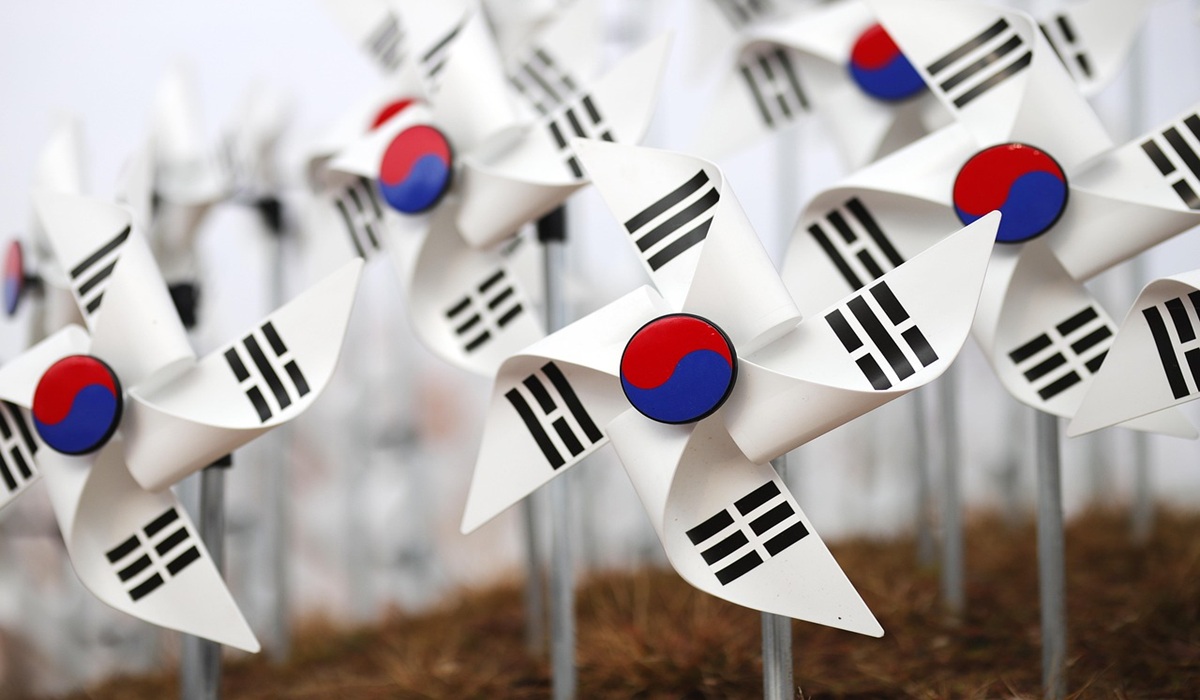Image Credit: Geralt
In yet another fiery post on his Truth Social account, U.S. President Donald J. Trump declared that starting November 1, 2025, the United States will impose a 100 percent tariff on all Chinese imports, along with sweeping export controls on “any and all critical software.” The announcement, made in response to what Trump describes as an “extraordinarily aggressive” letter from China, has already sent shockwaves through global markets — and once again, left economists, farmers, and manufacturers asking the same question: what is he thinking?
Trump’s post read like a wartime communiqué rather than an economic policy statement. In his own words:
“It has just been learned that China has taken an extraordinarily aggressive position on Trade… stating that they were going to, effective November 1st, 2025, impose large-scale Export Controls on virtually every product they make… Based on the fact that China has taken this unprecedented position… the United States of America will impose a Tariff of 100% on China, over and above any Tariff that they are currently paying.”
He signed the message, as always, “PRESIDENT OF THE UNITED STATES OF AMERICA.”
The problem is, this makes absolutely no sense.
Trump portrays China as the aggressor, but history tells a different story. The trade war started under his own administration, when Washington slapped tariffs on hundreds of billions of dollars’ worth of Chinese goods. Beijing’s retaliatory measures came only after Trump’s unilateral actions. By framing China as the instigator, Trump rewrites history — conveniently forgetting that the U.S. fired the first economic shot. This kind of political amnesia might make for good campaign rhetoric, but it’s disastrous trade policy.
The U.S. economy is barely holding its footing. Inflation lingers, small businesses are fighting for survival, and interest rates remain painfully high. Introducing another round of tariffs — especially at this magnitude — will not strengthen America’s position. It will make everything more expensive. Tariffs are taxes. And like any tax, they get passed down to consumers. Every imported smartphone, washing machine, car part, and solar panel will cost more. Families will feel it in grocery stores, on utility bills, and even in the price of tractors and tools.
The irony? Trump has always boasted about helping farmers. Yet China remains one of America’s biggest agricultural customers. If Trump truly enacts these tariffs, China will almost certainly retaliate by cutting back on U.S. soybean, corn, and meat imports — hammering the same farmers who form the backbone of his political base.
The U.S. supply chain is already stretched thin. From microchips to medical equipment, countless industries rely on Chinese manufacturing, materials, and rare-earth minerals. A 100 percent tariff would disrupt production lines, drive up costs, and send businesses scrambling for alternative suppliers — which often don’t exist in sufficient capacity. Economists warn that this kind of blanket trade retaliation could trigger another round of inflation. Markets already reacted sharply: within hours of Trump’s post, Wall Street suffered one of its worst trading days since April, as nervous investors sold off shares in companies dependent on Chinese trade.
Even if Trump were serious about this November 1 deadline, the logistics are dubious. Such sweeping measures require legal authority, complex rule-making, and months of coordination across federal agencies and trade partners. Implementing them overnight would be practically impossible and legally questionable. Moreover, threatening to impose export controls on “all critical software” is both vague and reckless. Which software? To what extent? Such language spooks the technology sector and undermines U.S. credibility as a stable trade partner.
If Trump thinks China will fold under pressure, he’s miscalculating. Beijing has options. It can retaliate by restricting exports of rare earth minerals essential to American tech manufacturing, cut back on agricultural purchases, or deepen trade ties with other markets. China has been preparing for economic decoupling for years; Trump’s rhetoric only accelerates that process. In the long run, this could make the U.S. more isolated, not stronger.
This announcement isn’t a trade plan — it’s a political stunt. The tone, the timing, the lack of detail — all of it suggests an attempt to dominate headlines rather than craft policy. Trump’s message plays well to his base but leaves the rest of the world wondering whether the United States has abandoned rational economic governance. By doubling down on tariffs and confrontation, Trump risks deepening the very economic pain he claims to be fighting. His approach could tank investor confidence, inflate prices, and worsen the cost-of-living crisis already burdening millions of Americans.
At a time when global cooperation is fragile and the U.S. economy can’t afford another shock, Trump’s trade tirade reads like a dangerous bluff that could spiral into an economic self-own. The trade war started with him — and if he keeps this up, it might end with America burning down its own house just to prove a point.

